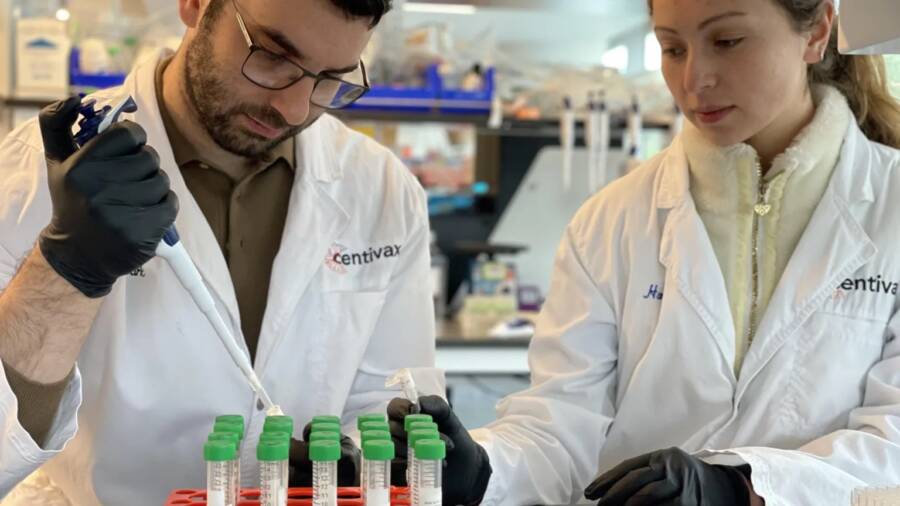How One Wisconsin Man’s Shocking Dare Sparked a Breakthrough in Universal Antivenom Research
“I was more concerned about protecting myself and surviving first,” he said. “And then I realized that I’m beating death, and it’s great, but how do you get it out to the rest of the world?”
How Tim Friede Joined Forces With Scientists

Jacob GlanvilleResearchers using Friede’s antibodies to develop the antivenom.
Snakebites claim the lives of an estimated 140,000 people per year and leave three times as many facing amputation or permanent disability. To make matters worse, most deadly snakebites occur in poor nations, meaning there has been little economic incentive for institutions to create snake-specific antivenom.
“The market’s fractured into 30 to 40 products, which makes it really tiny markets, which are not attractive to innovation,” explained study co-author and Centivax CEO Jacob Glanville. “For that reason, antivenom hasn’t really changed in the last 125 years.”
But even with some antivenom on the market, patients often don’t know which species of snake bit them. Antivenom can also be less effective outside the region where the original venom was created due to genetic differences in snake populations. The only real solution would be a universal antivenom, but until recently, no one had attempted to make one.
It’s not an impossible task, either. There may be some 600 venomous snake species out there, but their venoms all contain different combinations of just 10 core toxin types. If a universal antivenom could target those toxins, then it just might work.
So, when Glanville heard that a man in Wisconsin named Tim Friede had already done a good portion of the legwork, he decided to get in touch with him.











